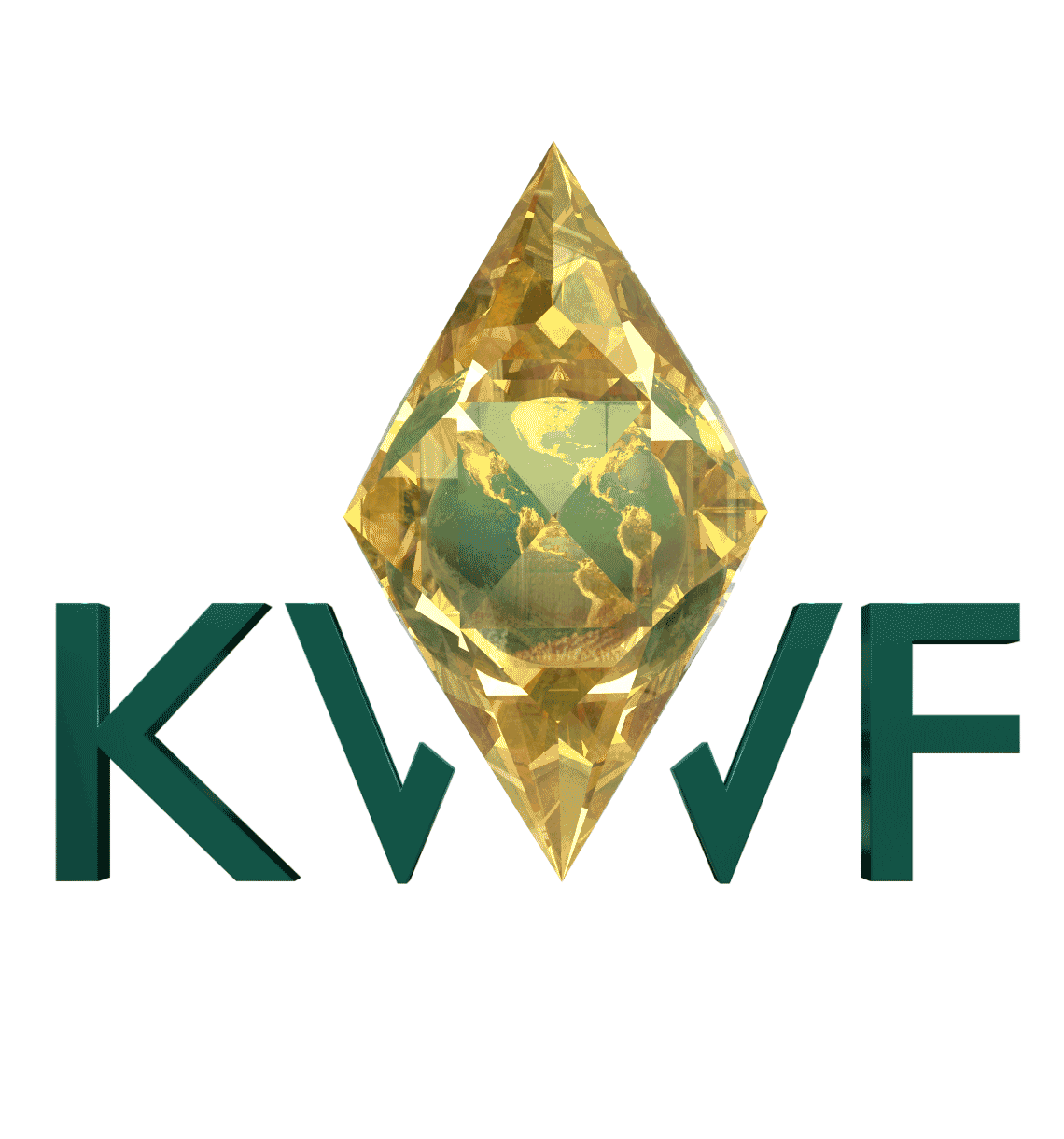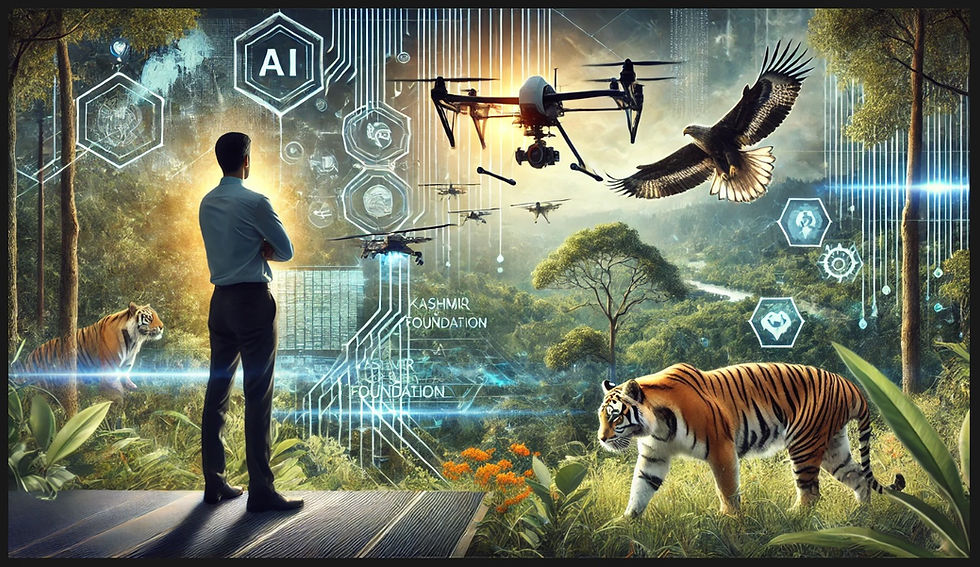The Story of Snow Leopards
- Kashmir World Foundation

- Oct 20, 2022
- 4 min read
Written by: Samuel Schultz

Working game logo, created by KWF intern Michelle
It’s not easy to summarize the struggles of a species in a single narrative. There are a multitude of factors that contribute to the issues snow leopards face, all interconnected. Yet this is the task we find ourselves faced with in Kashmir World Foundations new project – an (as-yet untitled) video game about wildlife conservation and counter-poaching work.
Matters are complicated by the need to make educational video games as entertaining as they are instructive – something that often gets left to the wayside. So, we decided to approach it from that direction first. What would be fun for players to experience? What parts of KWF’s real life mission were the most interesting, most exciting, and most important? What was KWF’s signature? We began to look at the research KWF had already done regarding snow leopards and their conservation methods and quickly arrived at the answer.
Drone technology is at the forefront of KWF’s conservation work. They help KWF volunteers collect data more efficiently and streamline the tracking process; with them, biologists are saved days of labor. Incorporating this into the project would highlight KWF’s real-world contributes and provide a unique way to interact with the game. Furthermore, it opened brand-new gameplay opportunities for the players. With this settled, we had a template of the game we wanted to make going forward.

Mockup of the drone HUD by KWF intern Sam
KWF’s work to protect snow leopard populations in the Himalayas quickly became the focus of the game’s first level. It was time to start writing the storyline. We started with one of the biggest problems facing snow leopards in the Himalayas today: conflict with local farmers. A sick or injured snow leopard is likely to view a farmer’s livestock as an easy meal, putting the farmer’s livelihood in jeopardy. We had our premise.
In the real world, this is an immensely complex issue that could not be boiled down to a single level in a video game. The question shifted – now, we asked ourselves how we could accurately represent the plight of the snow leopard without sidelining the player’s contributions. We decided on a smaller-scale narrative for the level, focusing on saving a single snow leopard who had started preying on a local farmer’s sheep. Perhaps our players couldn’t save every snow leopard, present and future, but they could save this one.
With the broad strokes settled, we turned to the details. This meant we had to delve into the motivations of our would-be antagonist – the farmer whose sheep were being preyed on. We knew it was important to present the plight of the farmers as well as the snow leopards in a fair, accurate, and honest manner. In trying to construct a solution that solved the issues faced by both parties, we were able to craft a detailed and nuanced plot for the snow leopard level.
Now that the story had been detailed, it was time to begin building the world in earnest. Our art team had been working on bringing the game world to life, so we had visual assets to weave into the story, but the mechanics of the game were largely still in the air. One thing we knew we wanted to do from the start was incorporate KWF itself into the narrative; to that end, we repurposed the existing KWF divisions – Kashmir Rose, Kashmir Robots, and Kashmir Academy – to serve a purpose within the world of the game. Kashmir Rose became the home of player customization, Kashmir Robotics a hub of all things drone-related, and Kashmir Academy an index of all relevant gameplay information from drone flight tutorials to information about real-world snow leopard conservation. A fourth area, Kashmir Hangout, was added to help connect players from all around the world.

Work-in-progress of the outdoor Himalaya map.
We quickly realized moderating an open chat was an ongoing commitment of volunteer time we just couldn’t make. But our game was supposed to be suitable for the classroom, so how could we support that suitability? For answers, we looked to other kid-friendly online games past and present. We found the answer in WolfQuest, a long-running educational game from Eduweb about Yellowstone wolves, and Planet Zoo, a modern zoo-building simulator from Frontier Developments. Although WolfQuest used the same chat feature we’d already ruled out, its focus on collaboration, coupled with Planet Zoo’s franchise mode – which allowed players to interact without speaking directly to each other – inspired our solution.
Kashmir Hangout became our multiplayer hub. Players could make requests through the Hangout for help on certain missions; other players could fill those requests for a reward, completing a particular section on behalf of the player asking for help. (I’ve heard if you say “player” enough, it stops sounding like a word.) This solution removed the need to balance or moderate direct messages or interactions, but still encouraged players to interact with and help each other.
With the multiplayer question settled, the next step in the project is to bring the story we’ve created on paper to life. We’ve begun scripting out dialogue word-for-word and building the models to bring the beautiful, remote home of the snow leopards to life. Telling their story in a single narrative isn’t easy. But by narrowing the scope to focus on a single snow leopard in need of help, and the situation it finds itself in, we were able to capture the issues in microcosm, establish a detailed narrative, and lay out a plan for the project going forward.
If you have taken an interest in our work creating a video game to educate and entertain, consider applying to KWF’s internship program. The KWF values the input of young people and provides real-world work experiences for students with developing interests in many different fields. Internship inquiries and questions can be directed to info@kashmirworldfoundation.org.
If you or your academic institution would like a comprehensive educational book for children grades 4-6 about the conservation of snow leopards, please consider reaching out to info@kashmirworldfoundation.org for copies of our newly developed coloring book, Wildlife Adventures: Snow Leopard Edition. The book is free for all educational institutions through the end of 2022. More information can be found at https://www.kashmirworldfoundation.org/post/inspiring-the-next-generation-to-be-active-in-wildlife-conservation.





Comments